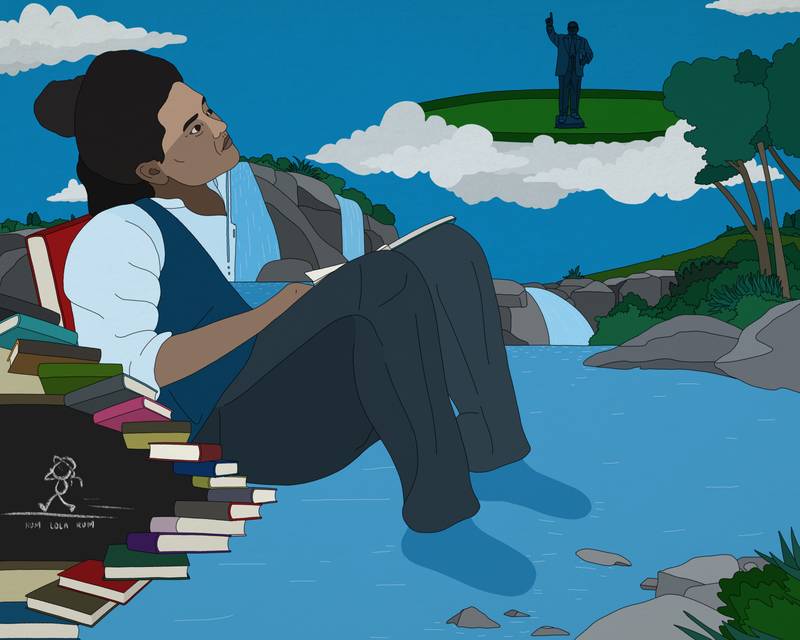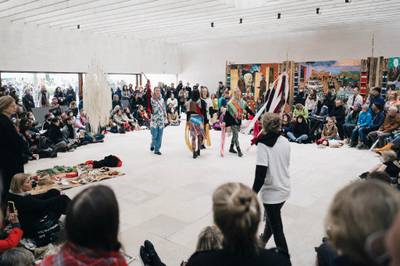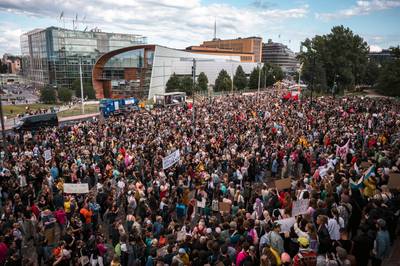

Our solidarity against Prime Minister Orpo’s far-right government doesn’t need to stop with other ethnic minorities but can act as a tool to bring everyone together, irrespective of background, who is set to suffer under the new regime—from the exploited worker to the overworked parent, from the retiree dependent on housing support to the employee looking for a career change—a number easily far higher than the votes the ruling coalition managed to rake in.
READOnly Solidarity, Not Respectability, Can Topple Finland’s Dangerous Far-Right Government
Our solidarity against Prime Minister Orpo’s far-right government doesn’t need to stop with other ethnic minorities but can act as a tool to bring everyone together, irrespective of background, who is set to suffer under the new regime—from the exploited worker to the overworked parent, from the retiree dependent on housing support to the employee looking for a career change—a number easily far higher than the votes the ruling coalition managed to rake in.
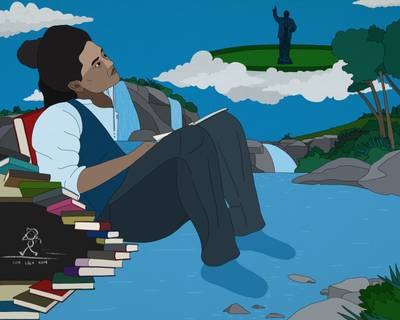

The time and energy it takes to apply myself and think about what I am reading swallows me into a world and leaves me suspended there, making me unavailable to people who aren’t comfortable with the idea of a Dalit person engaging in something that is not her humiliation. Reading is a way of being unavailable to a world that has taught you to remain outside. When we encounter stories about what being able to read and write did for people from the margins, we are essentially encountering the impact of close reading.
READLove Is for the Ones Who Love the Work: How Close Reading Interrupts Caste in the Classroom
In close reading, the body is also learning to pay attention to itself when it responds a certain way to a line, a sentence, or a paragraph. Something that can perhaps only come from leisure and the luxury to sit and have the free time to be available to the text. How many Dalit teachers can afford this?


How can we facilitate collective transfers of knowledge and support peer feedback practices in a transdisciplinary cohort? How can we cultivate learning communities where sites of authority are multiple and distributed? How to expand this learning in a microcosm to exist critically and together in the world?
READFeedback in Relation: On Friendship, Microcosms & Constructive Criticism
How can we facilitate collective transfers of knowledge and support peer feedback practices in a transdisciplinary cohort? How can we cultivate learning communities where sites of authority are multiple and distributed? How to expand this learning in a microcosm to exist critically and together in the world?
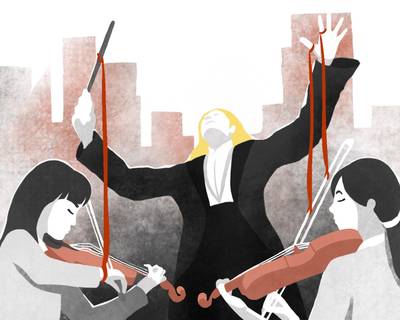

European modes of living and cultures have become globalised and naturalised, so much so that critical conversations around European traditions today focus more on questions of racial diversity in, say, orchestras, ensembles, and European music and dance schools rather than why and how European cultural productions have become such a global commodity and signifier for class and and “civilisational” ascend to begin with.
READThe Innocence of (European) Instruments
European modes of living and cultures have become globalised and naturalised, so much so that critical conversations around European traditions today focus more on questions of racial diversity in, say, orchestras, ensembles, and European music and dance schools rather than why and how European cultural productions have become such a global commodity and signifier for class and and “civilisational” ascend to begin with.
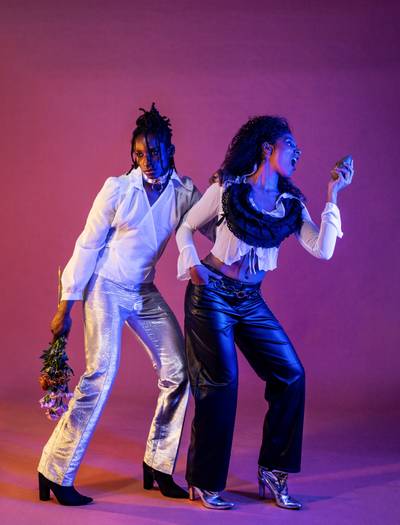

In what ways does ‘One Drop’, a performance developed and executed by racialized others in Finland and elsewhere, express love in its enactment of mutually transforming anti-racism communication?
READAnti-Racist Love in Sonya Lindfors’ ‘One Drop’
In what ways does ‘One Drop’, a performance developed and executed by racialized others in Finland and elsewhere, express love in its enactment of mutually transforming anti-racism communication?
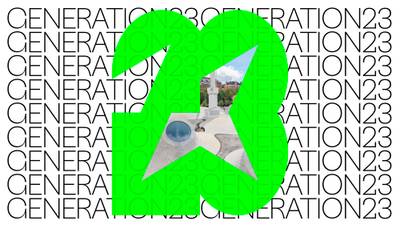

In an art world obsessed with the urge to find the next new thing and benefit from it, can a sleek, high production value exhibition showcasing the work of 15 - 23 year old artists challenge the love-hate relationship with the youth? Generation 2023 is balanced and diverse, but its fixation on youth is double edged.
READThere Are No Enfants Terribles Here: A Review of Generation 2023
In an art world obsessed with the urge to find the next new thing and benefit from it, can a sleek, high production value exhibition showcasing the work of 15 - 23 year old artists challenge the love-hate relationship with the youth? Generation 2023 is balanced and diverse, but its fixation on youth is double edged.


Can we turn folklore into a source of learning - a knowledge source that informs us about social struggles that otherwise go unnoticed by the powerful?
READ“For All Wars to Come”: An Interview with Noor Abed
Can we turn folklore into a source of learning - a knowledge source that informs us about social struggles that otherwise go unnoticed by the powerful?


As community members and activists, we need to know how to work the system and how to turn our work into projects. In the case of this exhibition, I came to the museum with the confrontation that there is nothing about us Afro Finns in the museum, and we have the right to exist here. You have a gap, and I have an idea.
READRewriting and Dreaming Afro Finnish History: A Conversation With Wisam Elfadl
The awareness of Afro Finnish culture as a part of Helsinki’s identity has been marginal. The purpose of the ‘Being Black’ exhibition is to change this.
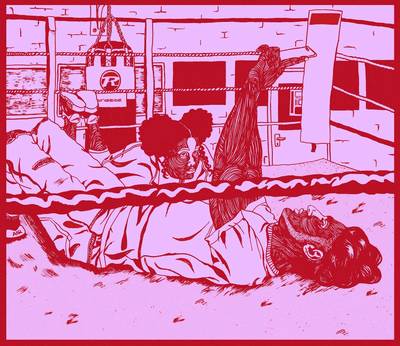

Two poems by Renia White
READin my own reign I suffered
Two poems by Renia White
